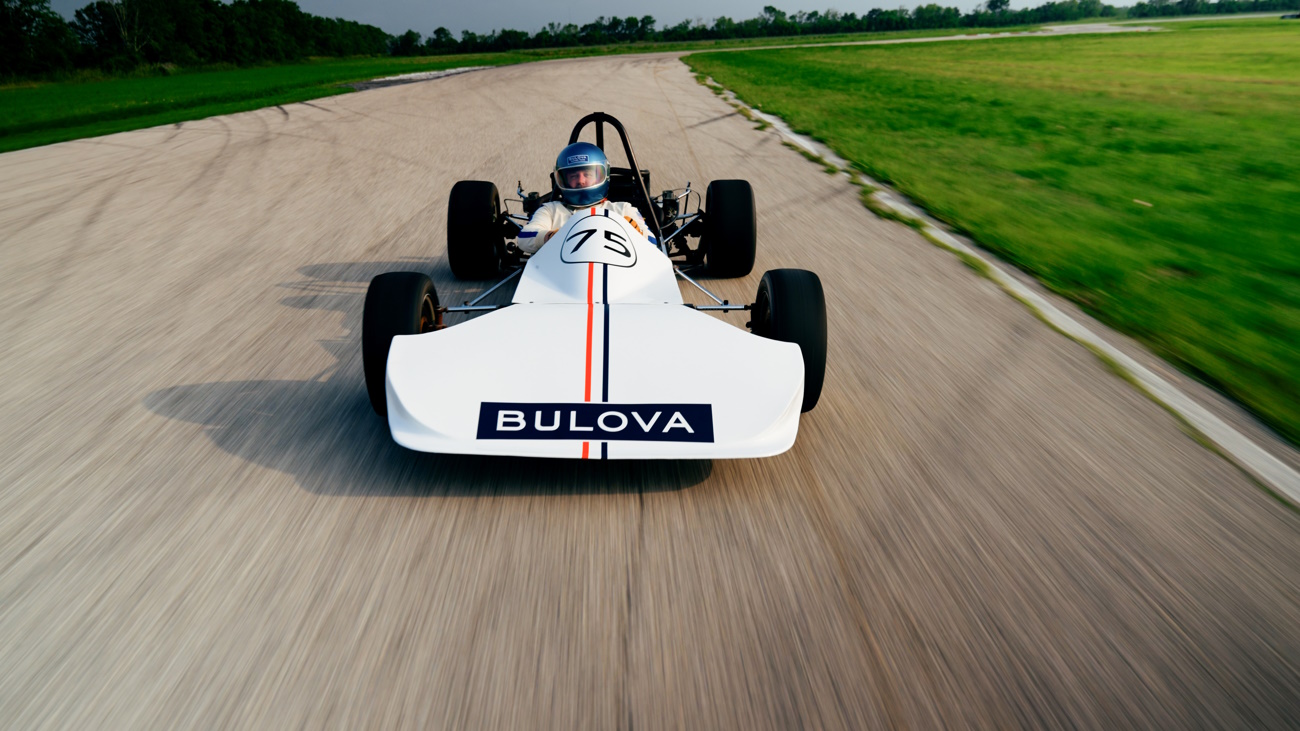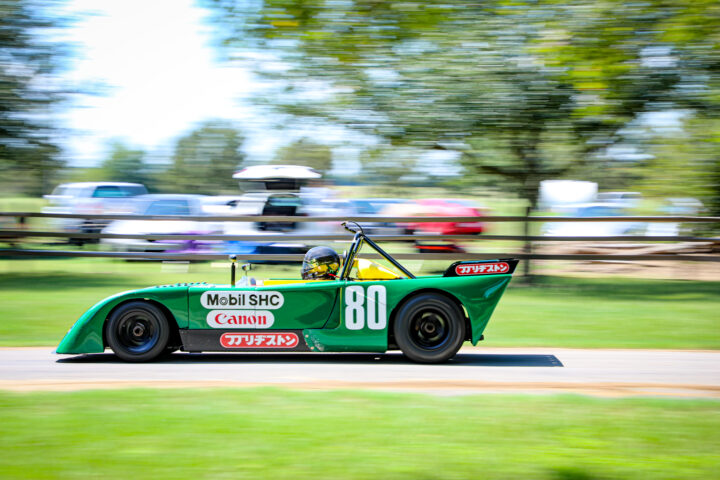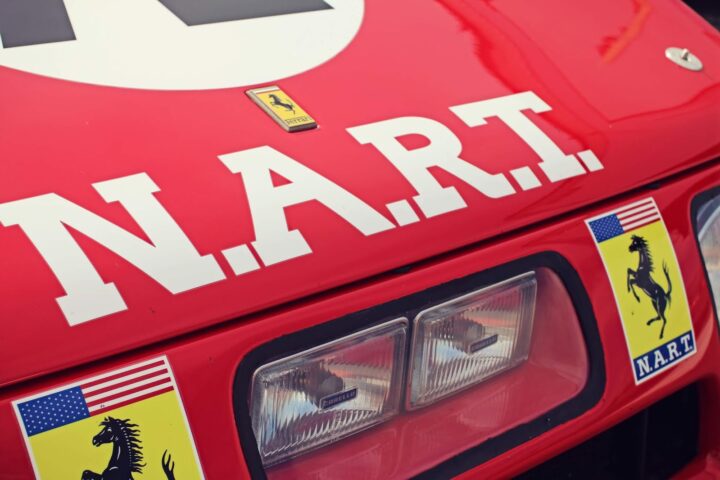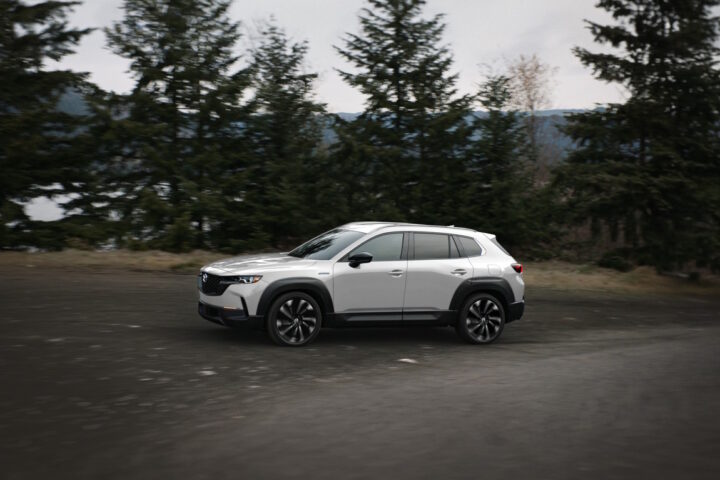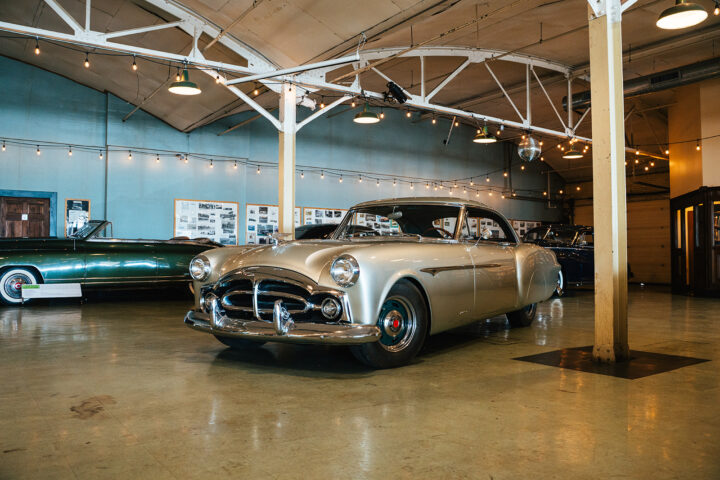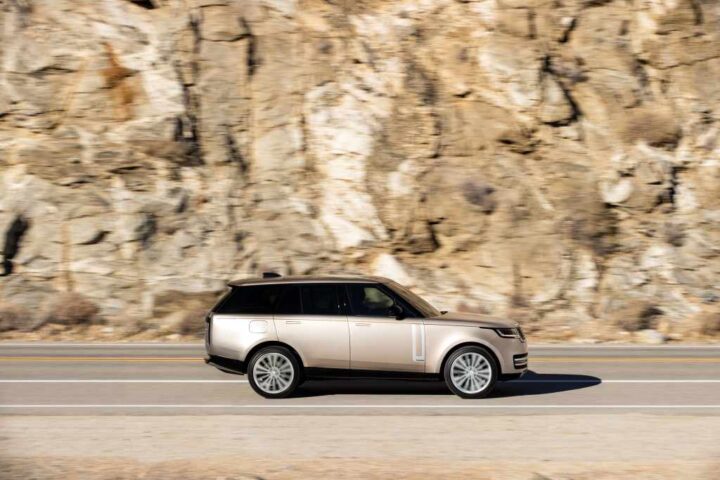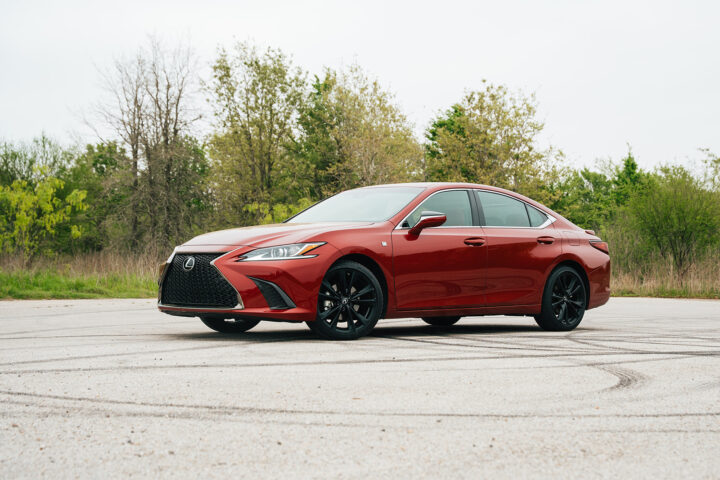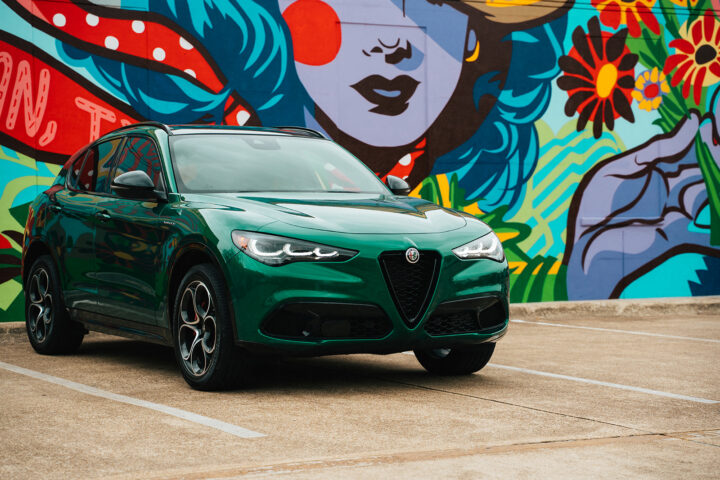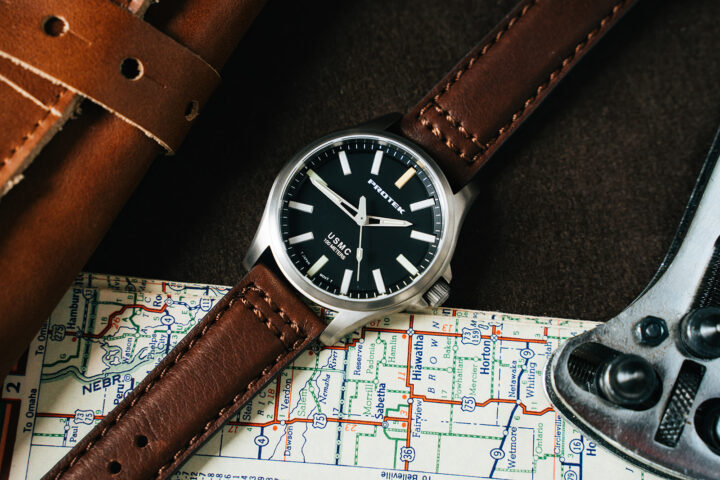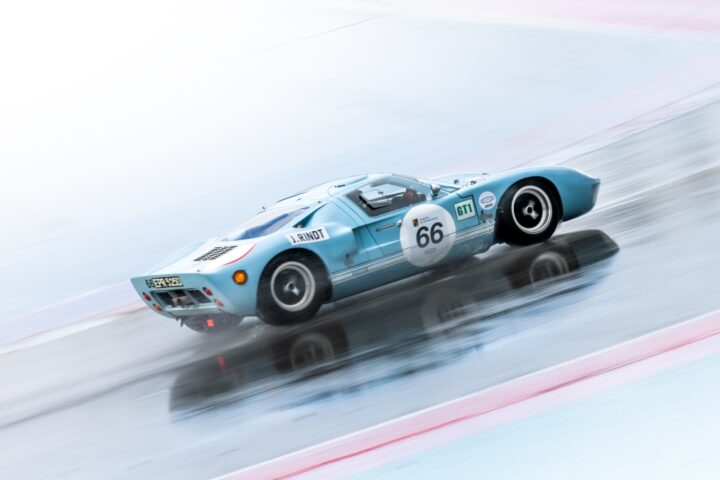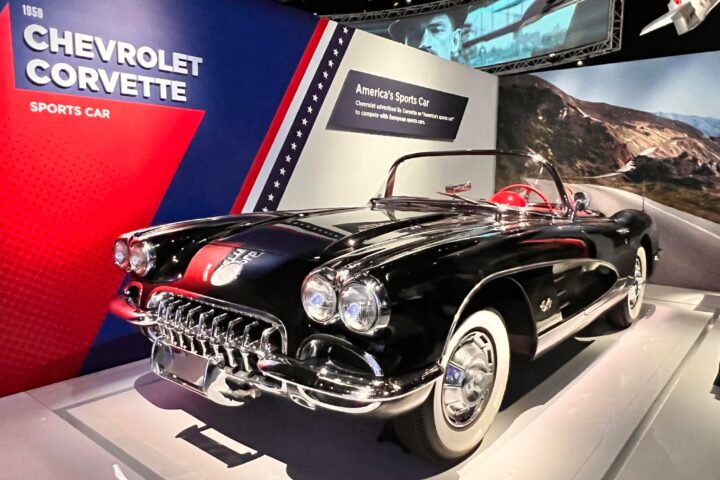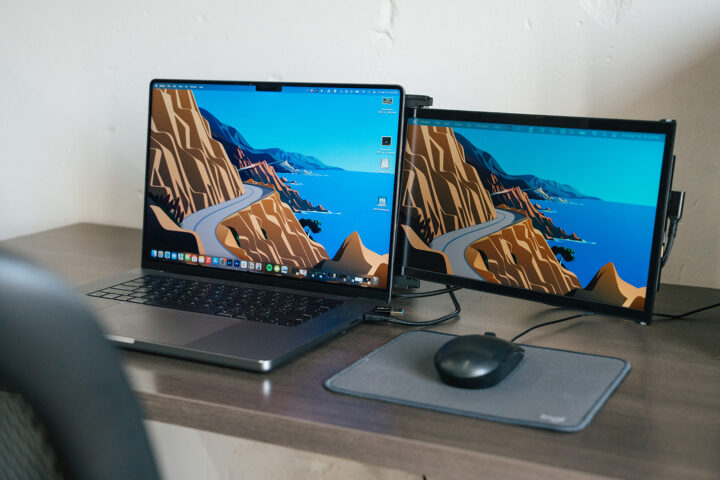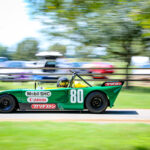by Michael Satterfield – Photos by Lucas Kepner – 06/12/2024
When the roar of engines filled the air at the Daytona 24-Hour race in January 1970, a new race car was on display: the Beach SV16. Commissioned by Jo Hoppen of Volkswagen of America and crafted by the skilled hands of Gene Beach, the SV16 was destined to leave an indelible mark on the world of motorsports. This car, a pioneer in the newly introduced Formula Super Vee category, symbolized a blend of engineering prowess and racing passion that would set the tone for years to come.
The story of the Beach SV16 begins with Gene Beach, a name synonymous with innovation in Formula Vee. Gene’s reputation for designing and constructing high-performance race cars was well-established by the late 1960s. When Volkswagen sought to launch the Formula Super Vee, a category meant to bridge the gap between Formula Vee and Formula 3, Gene Beach was the natural choice to lead this endeavor.
At the heart of the SV16 was the VW 1600 engine, a robust and reliable powerplant that had already proven its mettle in various racing applications. However, Gene Beach’s engineering truly unlocked the engine’s potential. The SV16 featured a mid-engine layout, which provided optimal weight distribution and handling characteristics. The suspension system was another highlight, designed to provide exceptional handling and control. A major improvement over the standard Formula Vee, which used VW suspension, while the Formula Fee was less expensive to build and race, the Super Vee had the potential to keep up with Formula Ford and other open-wheel cars. Aerodynamic considerations were also paramount in the SV16’s design, with sleek lines and carefully crafted bodywork that minimized drag and maximized downforce.
One of the SV16’s first major tests came at the Hockenheim circuit (this might be the car used; Beach records are a bit fuzzy), where it was pitted against other formula cars. In a surprising turn of events, the SV16 outperformed its more illustrious competitors, demonstrating the prowess of Gene Beach’s design and the potential of the Formula Super Vee category.
The Beach SV16’s impact extended far beyond its immediate racing successes. The car was crucial in establishing Formula Super Vee as a respected and competitive racing category. It inspired a new generation of race car designers and engineers, pushing the boundaries of what was possible regarding performance and innovation.
Today, Beach cars are beloved among racing aficionados. Restored models are prized possessions, often showcased at vintage racing events and automotive museums. In the modern era, where technology and innovation continue to push the boundaries of motorsport, the SV16 reminds us of a time when ingenuity, passion, and pure bravery were the driving forces behind racing success.

